Skin neoplasms (papilloma, wart, nevi)

specialists

equipment

treatment
Classification
New growths on the skin have different origins and levels of danger. The most common ones include:
The differences between these types of skin growths lie not only in appearance, but also in potential risks. For example, some types of papillomas and nevi can develop into cancerous tumors, so they need to be monitored and, if necessary, removed.
Reasons for appearance
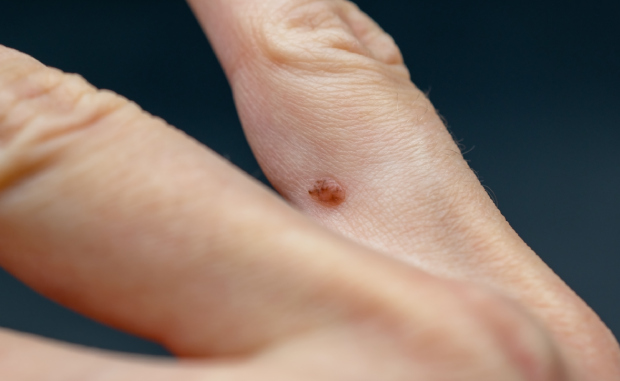
The reasons for the appearance of tumors on the skin depend on their type. In addition to genetic predisposition and HPV, there are other factors that may contribute to their development:
- Exposure to sunlight: Ultraviolet rays can damage the skin and contribute to the appearance of various (including dangerous) moles.
- Age-related changes: with age, the body loses its ability to recover, and against this background, the likelihood of the appearance of all kinds of formations (for example, warts) increases.
Pregnancy, menopause and other phases of hormonal fluctuations also often contribute to the appearance of new formations or changes in existing ones.
Basic removal methods
There are many removal methods, which are selected depending on the characteristics of a particular case.
Surgical removal
Laser coagulation
Radio wave therapy
Cryodestruction (removal with liquid nitrogen)
Electrocoagulation
Diagnostics: key stages
Correctly performed diagnostics allows you to determine the type of formation and its nature. At the first stage, a visual examination of the skin is carried out by a specialist - a dermatologist or oncodermatologist.
The doctor evaluates the size, shape, color of the tumor, as well as its location and growth dynamics. However, this is only an initial assessment that requires further confirmation.
If the process is suspected of being malignant, the doctor will refer the patient for a biopsy. During the process, a tissue sample is taken for further examination under a microscope.
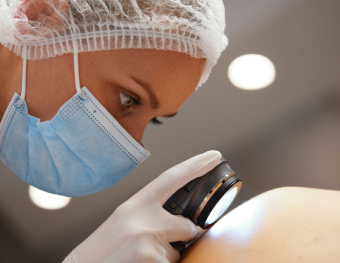
- Dermatoscopy This non-invasive method allows the doctor to examine the tumor under magnification, which makes it possible to examine its structure in more detail.
- Spectral photometric dermatoscopy This is a modern method that allows for a comprehensive study of skin formations, assessing its pigmentation and structure.
- Skin ultrasound Allows you to assess the depth of the formation, its structure and relationship with surrounding tissues.
Removal process
The method of surgery depends on the type, size, location of the tumor and the general health of the patient. The removal process itself usually takes place under local anesthesia.
1. Preparation
2. Removal
3. Processing and suture
Benign neoplasms and the risk of degeneration
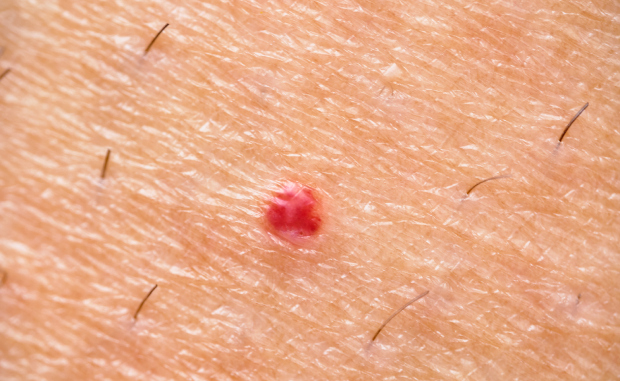
Benign skin tumors in 90% of cases do not pose a serious danger. Their varieties include:
- Keratomas. They have a rough, rough surface and most often develop in people with age.
- Lipomas. These are soft, mobile formations consisting of adipose tissue.
- Angiomas. These are small, red or purple tumors that are essentially dilated blood vessels.
Without proper attention, keratomas, lipomas and angiomas can cause discomfort and health problems.
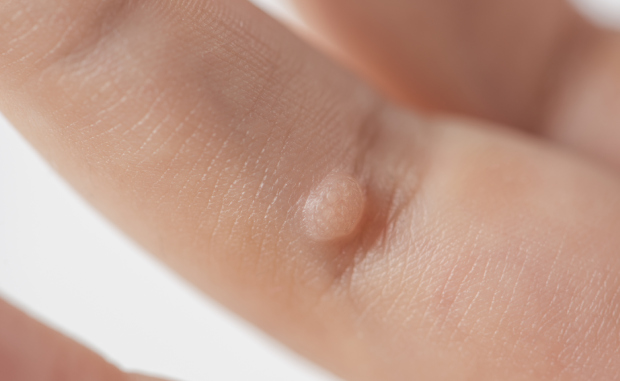
Nevi, papillomas and warts, in most cases, are benign formations. At the same time, some of them have the potential for malignant degeneration.
Clear signs indicating such a transformation include changes in the color, shape and size of the tumor. Indirect symptoms are the appearance of pain, bleeding or itching in a specific location.
The risk of degeneration of such tumors is quite low, and regular monitoring of changes in the skin and timely referral to specialists help reduce it to a minimum.
Our doctors

This award is given to clinics with the highest ratings according to user ratings, a large number of requests from this site, and in the absence of critical violations.

This award is given to clinics with the highest ratings according to user ratings. It means that the place is known, loved, and definitely worth visiting.

The ProDoctors portal collected 500 thousand reviews, compiled a rating of doctors based on them and awarded the best. We are proud that our doctors are among those awarded.
Make an appointment at a convenient time on the nearest date
Price

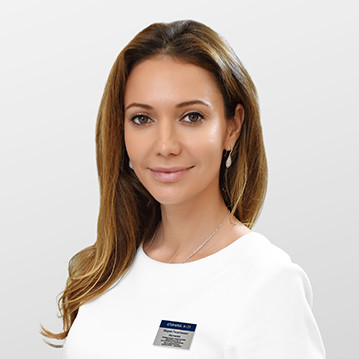
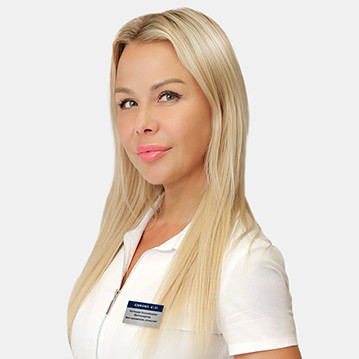
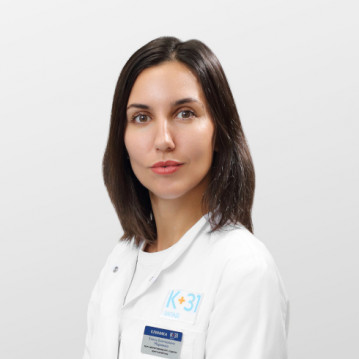
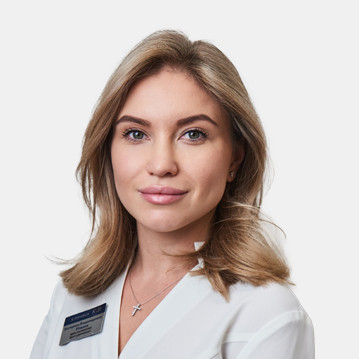
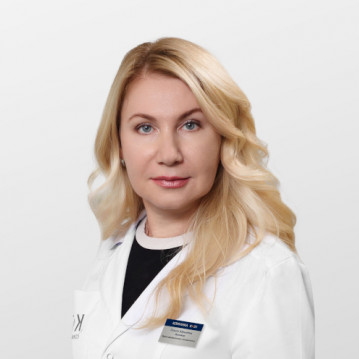


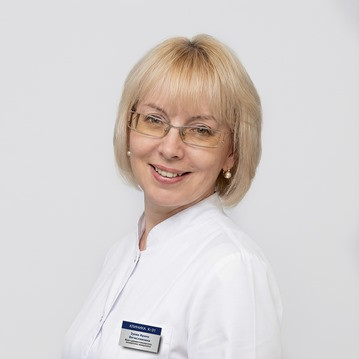

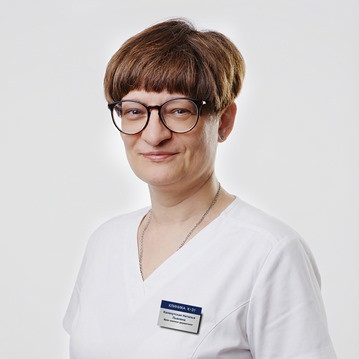



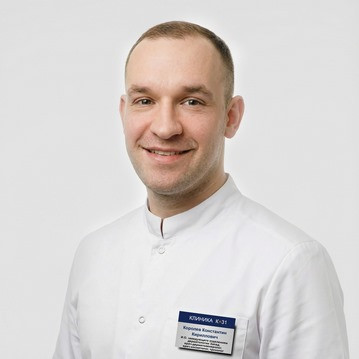
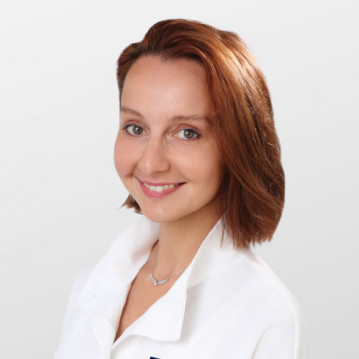

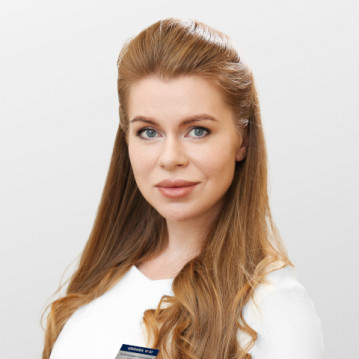

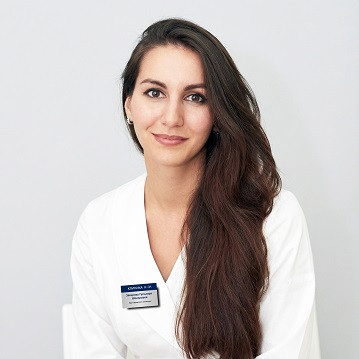








At the service
Skin neoplasm is a broad classification term that describes various changes in its structure and function. Tumors can be both benign and malignant and appear in various shapes and sizes.
We practice an individual approach to each patient and offer a full examination before the procedure.
If you have formations on your skin, contact a professional. At the K+31 clinic you will find high-level specialists and innovative approaches to diagnosis and treatment.